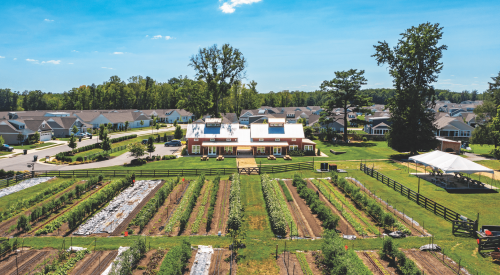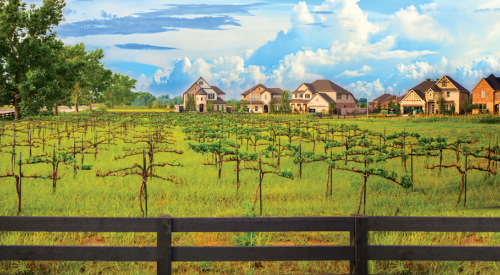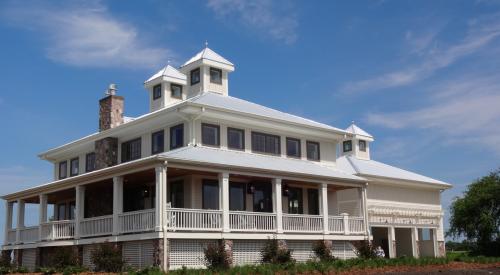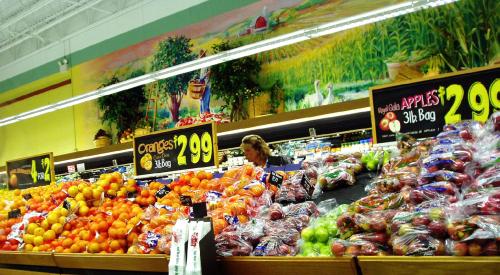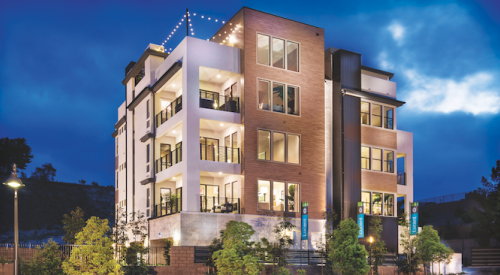Airbnb, Zipcar, Lyft, TaskRabbit: What has come to be known as the sharing economy may be fueled by a Millennial mindset, but many aspects of it have big appeal for Boomers, too.
Some years back, friends in Oakland, Calif., described a group of community members who shared time, talents, and resources to help one another. They gave each other rides to doctors’ appointments, pitched in with house painting, and organized a potluck supper for someone recovering from knee surgery. Thus was born Ashby Village in San Francisco’s East Bay area. People are its bricks and mortar. Ashby Village belongs to the larger Village to Village Network, an outgrowth of a movement that started in the early 1990s, spans the nation, and now reaches across the world. Pooling and exchange are old concepts, of course; in his 2016 book, The Sharing Economy, economist Arun Sundararajan gives examples of peer-to-peer commercial exchange that have existed for centuries (Image: SFerrario1968 via Pixabay).
Now, an old idea is new in the form of agrihoods. Shareable.net, a website that covers the sharing economy, has been on the agrihood beat for more than three years, chronicling communities centered around food-growing that are springing up in Washington, D.C.; Chicago; Boise, Idaho; Phoenix; and in Hawaii, on the south shore of Kauai, to name a few.
This month, “Back to the Land” by senior editor Susan Bady illustrates the potential that the agrihood—a specific manifestation of sharing—holds for builders. As you’ll read, this new iteration of the master planned community is conservation land that’s centered around a working farm. Agrihoods embrace a farm-to-table way of life, offer activities and a sense of place, are an appealing place to raise kids, and draw a diverse group of buyers. Having a reliable source of fresh food nearby makes it simple to keep your fridge and pantry stocked, too.
If an agrihood isn’t in your near-term future, some form of the sharing economy likely will be, whether it’s car sharing, dog-walking, computer assistance, or hot soup deliveries. The sharing economy may have been invented of necessity, a product of the downturn hatched by creative and cash-strapped members of Gen Y and as a reaction to government regulation. Yet sharing also pushes against isolation and thus helps ensure good health over the long term. The sharing economy offers the promise of staying in our homes for as long as possible. It offers the potential for creating communities that have longevity and continuing appeal for a wide range of buyers. For home builders, that’s a powerful tool.


